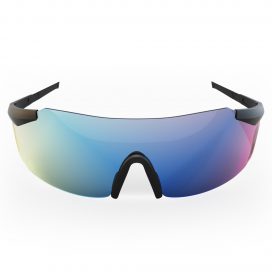Eye Protection

Eye protection should be worn when working in areas where there is the potential for injury to the eye from flying particles, chemicals, molten metal, bright lights, IR or UV radiation and other hazards. The Bureau of Labour Statistics (BLS) reports that nearly three out of every five workers injured were not wearing eye protection at the time of the accident. About 40% of injured workers were wearing the wrong type of eye protection.
resources
- General Legislation on PPE
- Eye Protection Legislation
- Manitoba Bulletin on Eye Protection
- Eye Injury Statistics
- Breakdown of Eye Injuries by Occupation Activity and Age
- General Information on Eye Protection
- Characteristics of Different Lens Materials
- Eye Injury Protection by Process
- Comparison of CSA and ANSI Standards
- Quick Guide to Selecting Eye Protection by Nature of the Hazard
- Why Workers Don't Wear Eye Protection
- Shading Requirements
- Decision Tree in case of chemical exposure to eye
- Where does eye protection stop and face protection start?